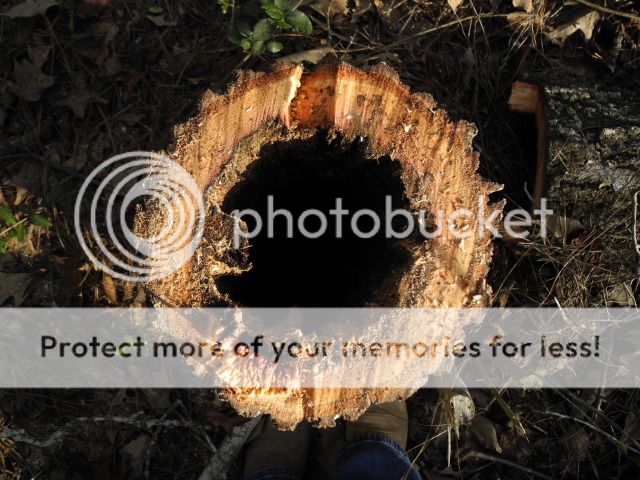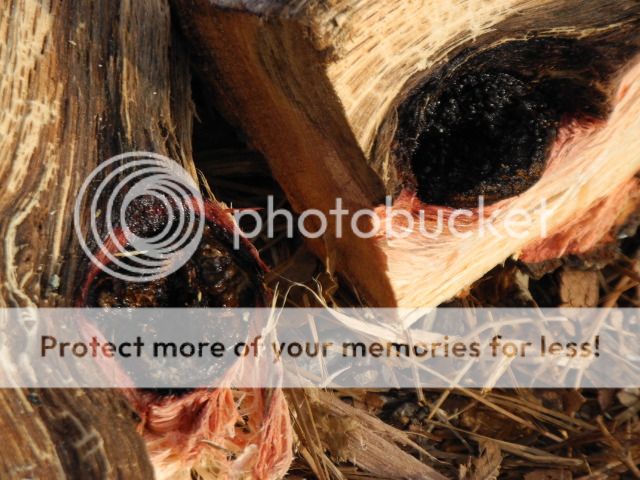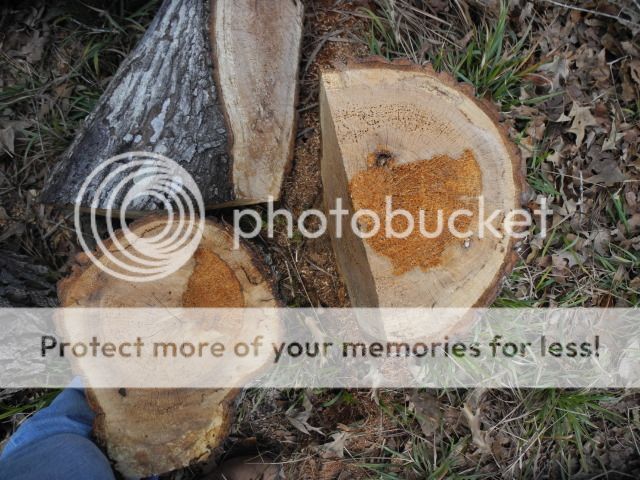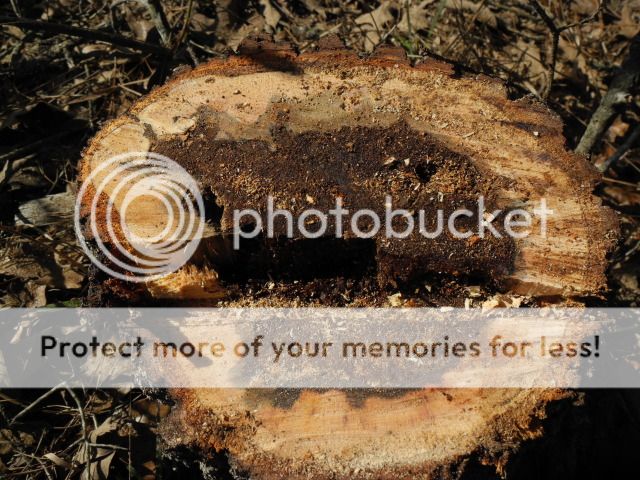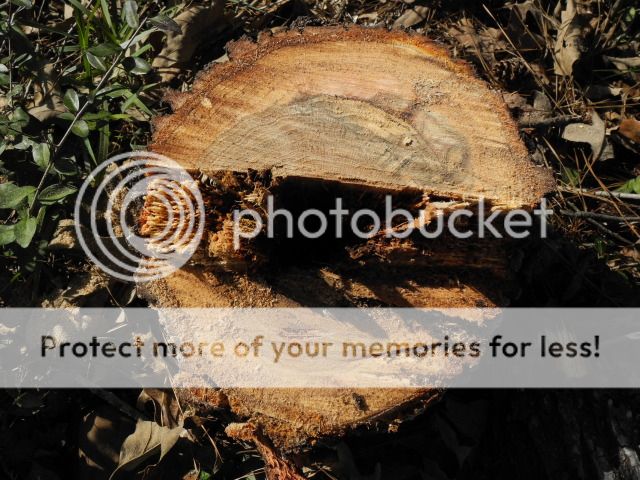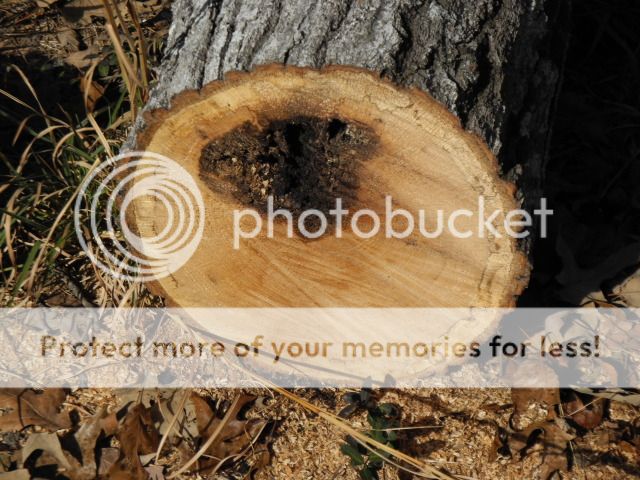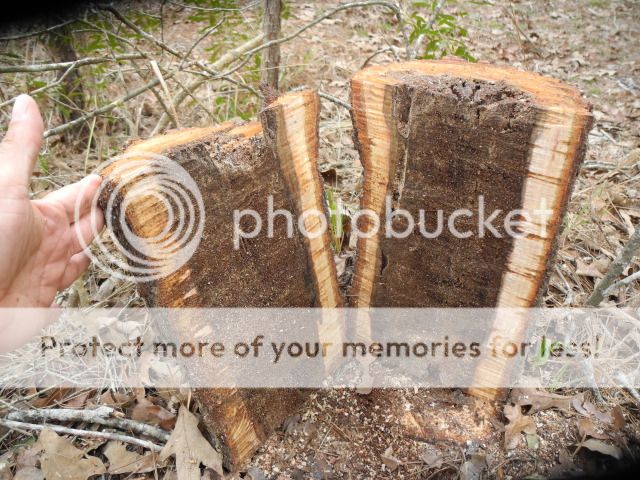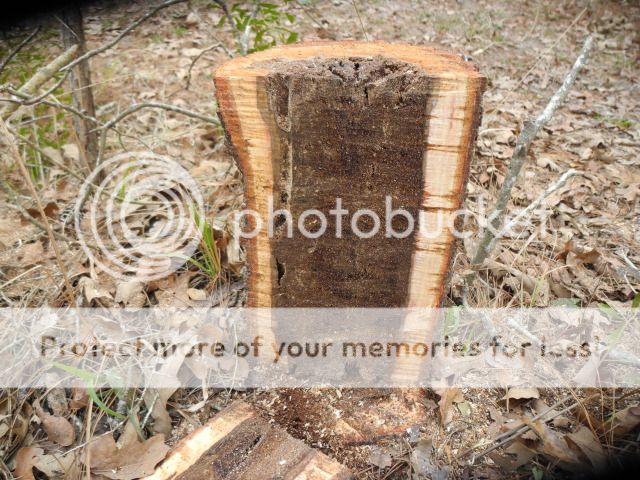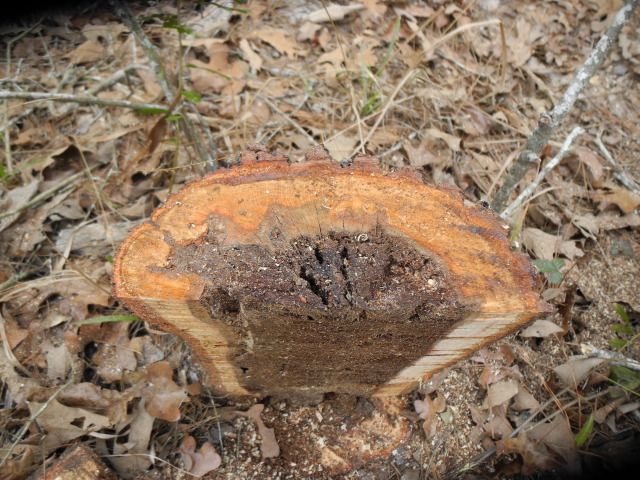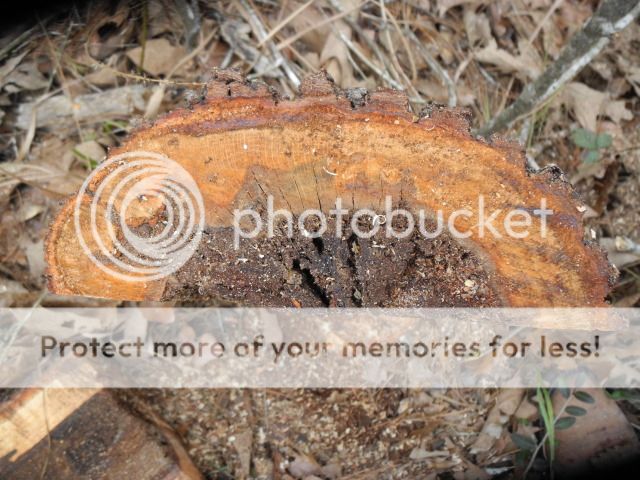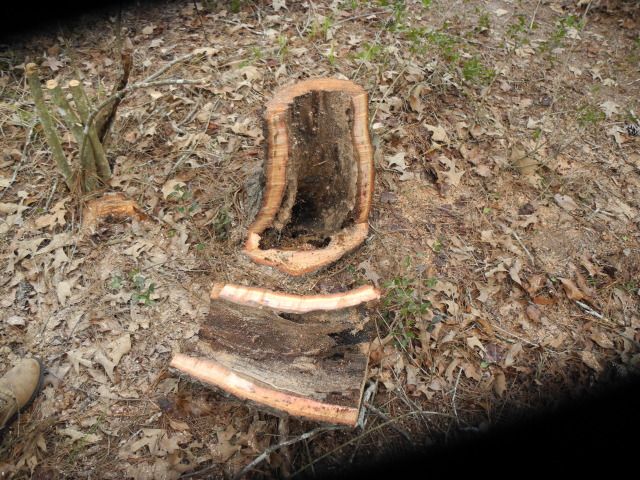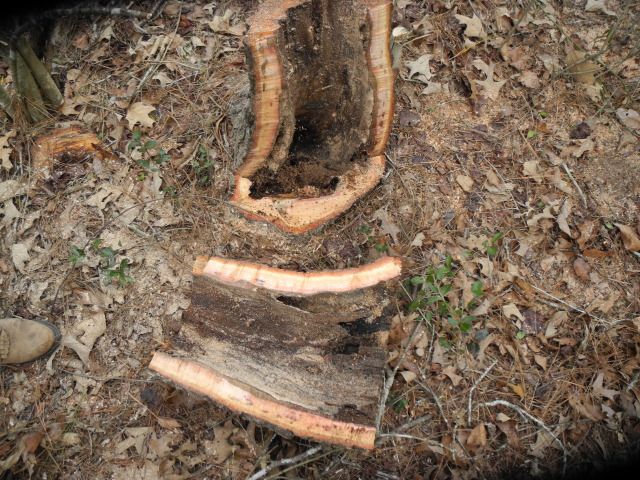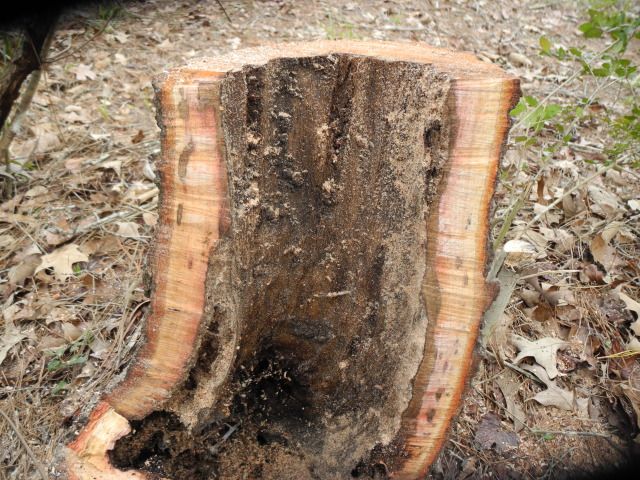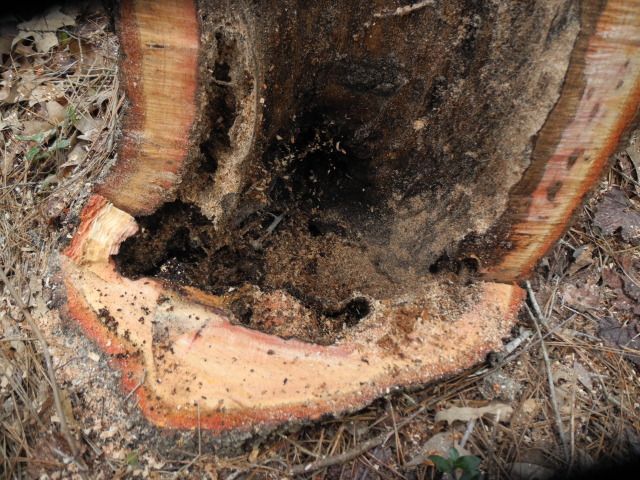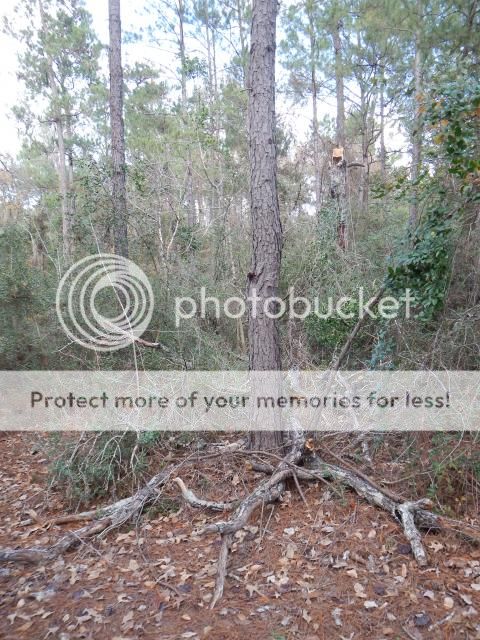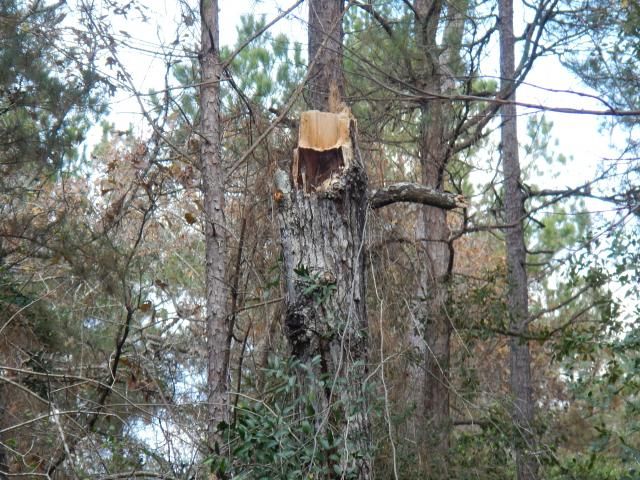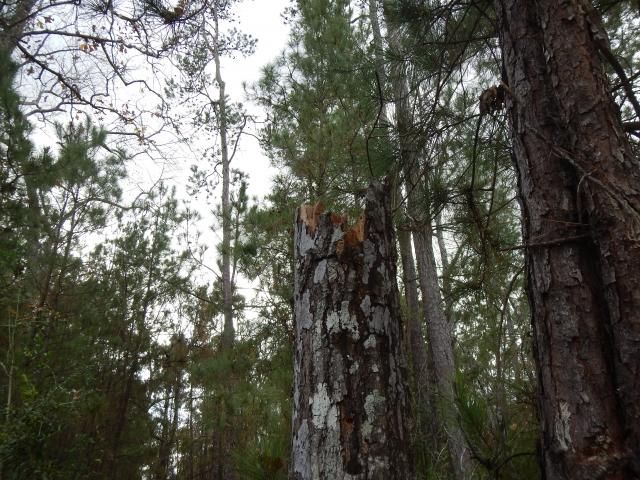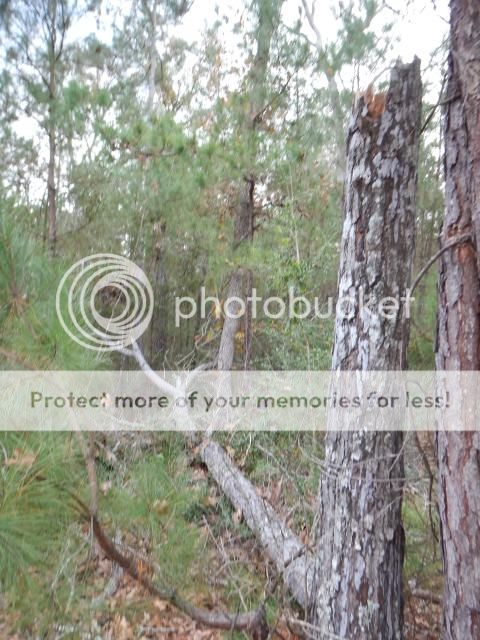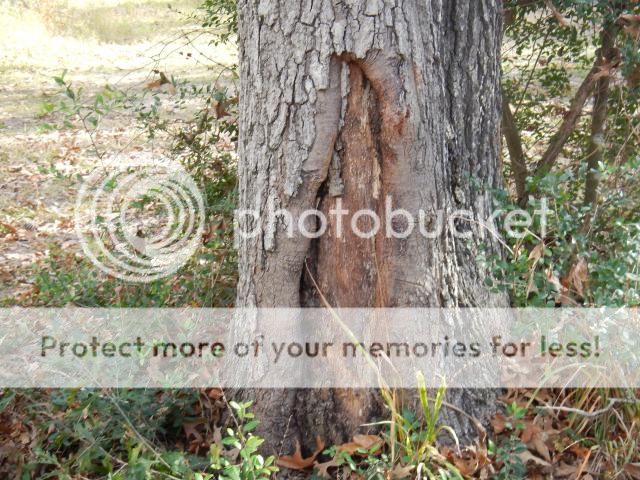Hmmm
What I am seeing is decay and insect galleries, either termites, ants, or a wood boring moth. I am leaning towards termites. That would mean the decay started before the termites; they are just going after the dead wood.
Did you find any evidence of insects at all inside the stumps?
I did not see a basal scar, such as from fire or mechanical damage. I have not seen a pattern before where multiple trees have heart rot decay without some sort of damage. Certainly possible, though. Are these an upland species of oak that get flooded? That could kill some roots, and provide an entry point for a decay fungus.
Any conks on the trees or mushrooms at the base? The last shot seems to show some signs of Armillaria root and butt rot: black zone lines between the decay and sapwood, and a fragment of rhizomorph "shoe string" in the loose decayed wood at the base. This fungus is sometimes called "Shoe String Fungus" because of these odd black or brown, flattened "strings" in the rotted wood and under loose bark. Armillaria has a honey colored or dull brown mushroom, usually in clumps at the base of the tree, with a ring on the stem, growing in clusters.
Like this:
View attachment 276036View attachment 276037View attachment 276038
The first two shots are of the mushrooms. You can see the look of the decayed wood in the second shot, including some black zone lines. The third shot shows a bunch of "shoe strings"on a piece of oak firewood. These are all Oregon white oak.
